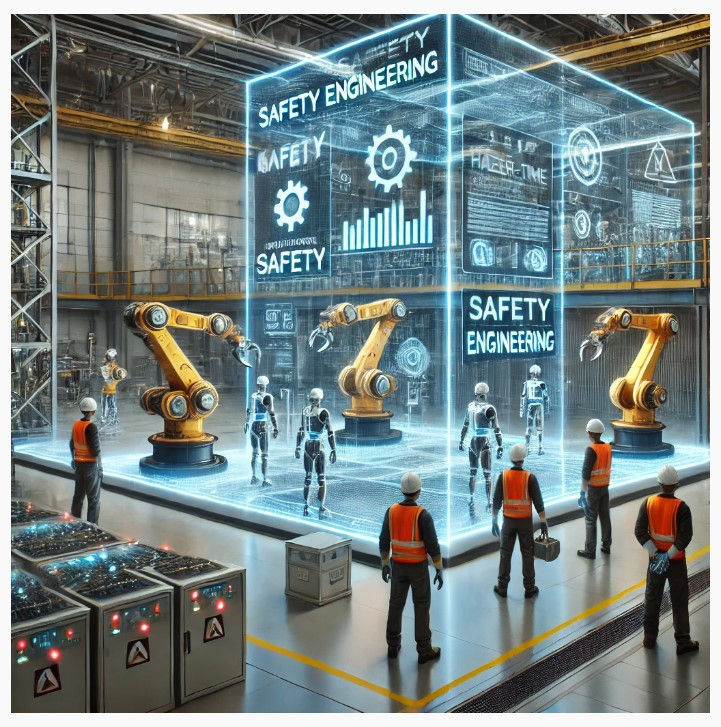Uncovering the Vital Role of Safety Engineering: A Comprehensive Guide
- Rajeev Raghu Raman Arunachalam
- Feb 16
- 2 min read
Safety engineering is crucial for designing systems that protect people, property, and the environment. It systematically identifies hazards, assesses risks, and develops strategies to mitigate them throughout a product's lifecycle, impacting societal well-being.
Understanding Safety Engineering
Safety engineering combines engineering principles, risk management, and human factors to create safer systems across sectors like construction, manufacturing, healthcare, and transportation. It integrates safety into product design from the start, reducing workplace accidents by up to 25%.
Key Objectives of Safety Engineering
Safety engineering aims to:
Risk Identification: Identify potential hazards.
Risk Assessment: Evaluate risks' likelihood and impact using methods like fault tree analysis.
Risk Mitigation: Develop plans to minimize risks, reducing work-related injuries by 40%.
Monitoring and Feedback: Continuously monitor and adjust safety measures.
The Importance of Safety Engineering in Various Industries
Construction Industry
Safety engineering reduces risks like falls and equipment failures through designs and protocols, cutting fall accidents by over 30%.
Manufacturing Industry
Safety engineers establish safeguards like machinery guards, reducing accidental equipment startups by 20% and ensuring material safety.
Healthcare Industry
Safety engineering in healthcare reduces medical errors and incorrect diagnoses by incorporating fail-safes in devices, decreasing errors by 15%.
Transportation Sector
Safety engineering in transportation includes anti-lock braking systems and aircraft fail-safes, reducing aviation incidents by 40% over two decades.
Economic and Societal Impacts
Safety engineering lowers costs related to injuries and damage, boosts employee morale, and strengthens business-consumer relationships.
Challenges in Safety Engineering
Rapid technology advancements pose new risks, and implementing safety measures can increase costs, requiring a balance of safety and efficiency.
The Road Ahead for Safety Engineering
Emerging technologies like AI and IoT offer opportunities and challenges. Safety engineers must develop new risk management techniques, using AI to predict incidents and enhance safety.
Securing a Safer Future
Safety engineering ensures well-being and boosts productivity and trust. Prioritizing safety fosters a culture of care, benefiting organizations and society. As technology advances, safety engineering's role will grow, promoting innovations that protect lives and sustainability.




Comments